OPAL AI, LiDAR Scanner Mobile Application
I worked at Opal AI for nearly two years, during which we faced many challenges. I was responsible for designing everything from A to Z. I collaborated closely with product managers, the CEO, and developers to ensure successful implementation.
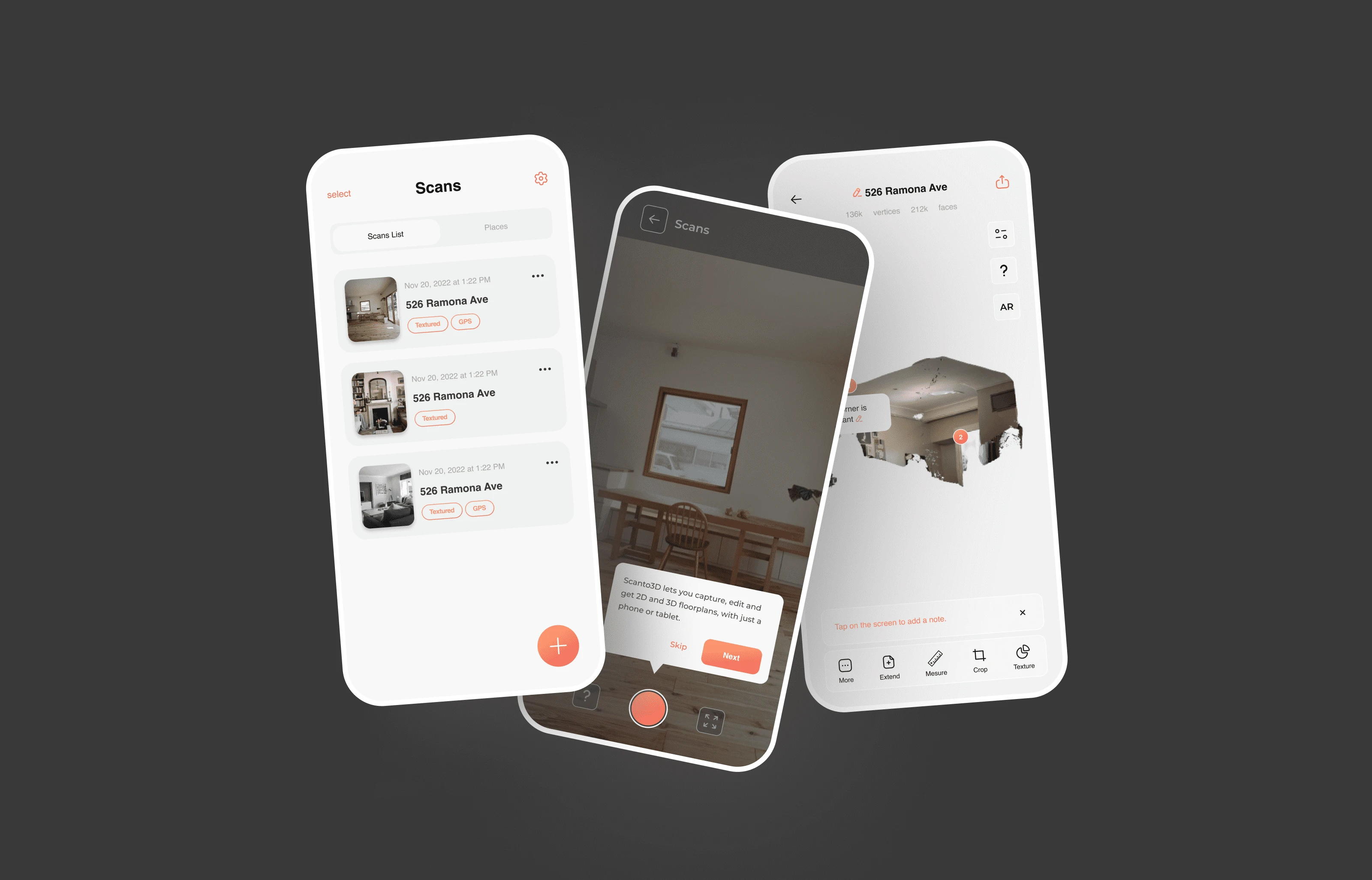
Context
OpalAI provides an iOS application that in conjunction with the latest mobile phones can generate an extremely accurate floor plan of a property within minutes. Our users should move around, take a video, and let the App do the rest.
Process

Discovery
So in the very first steps of the project we really lacked understanding about what customers really wanted, needed and expected. During different phases of designing the application, I used a user-centric approach, and a variety of research techniques to gather data and incorporated the finding into the app design iteratively.
- 5+ user interviews in each round over phone calls
- 35+ users responded to survey using Google Form
- Conducting a competitive analysis
Competitive Analysis
At the very beginning of the project I spent some time reaching other apps offering similar services to understand what is already available on the market. I downloaded, tested, and prepared a competitive analysis for the most important 3 of them.
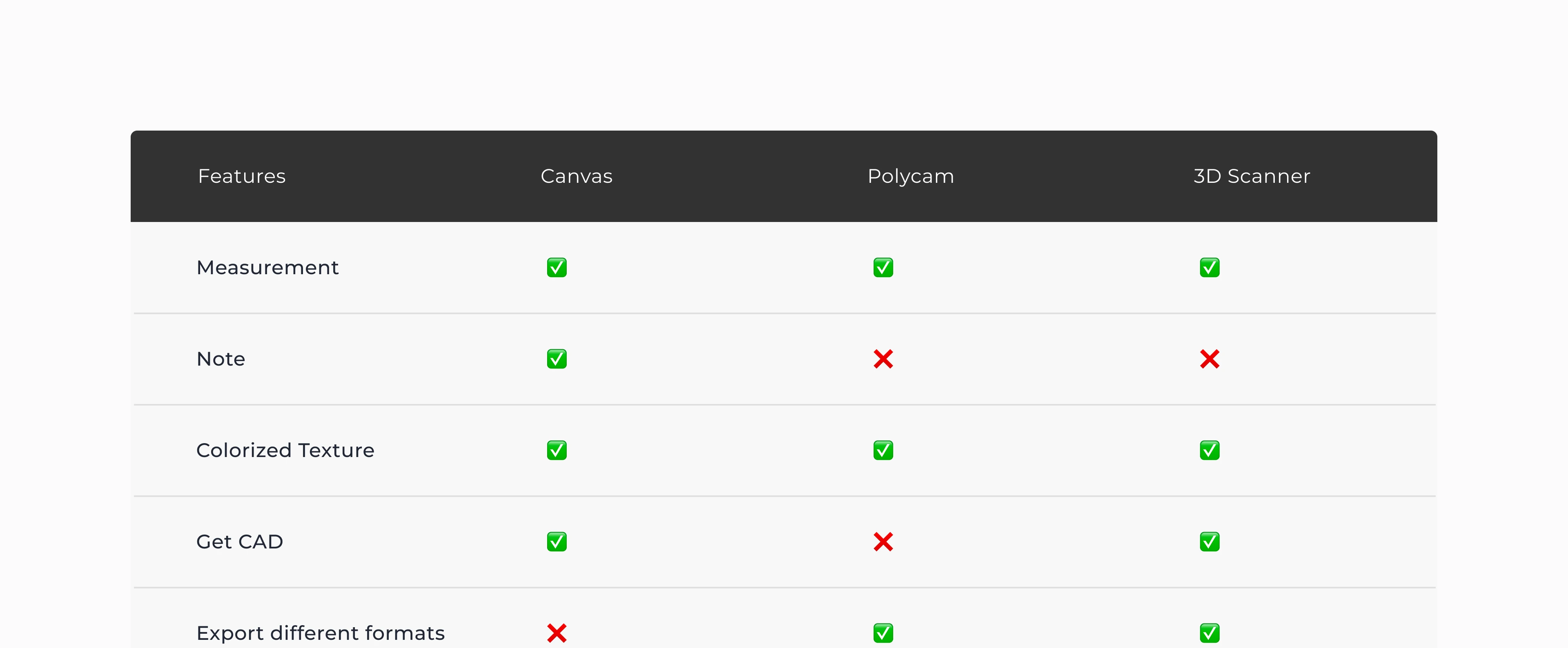
Brain Storming
After overwhelming with insights, we needed to start prioritizing to form a strategy. Based on our discovery phase data, we started brainstorming the essential features we should change or add to the application. We did these sessions with data engineers, product managers, developers, and our marketing team members.
Information Architecture
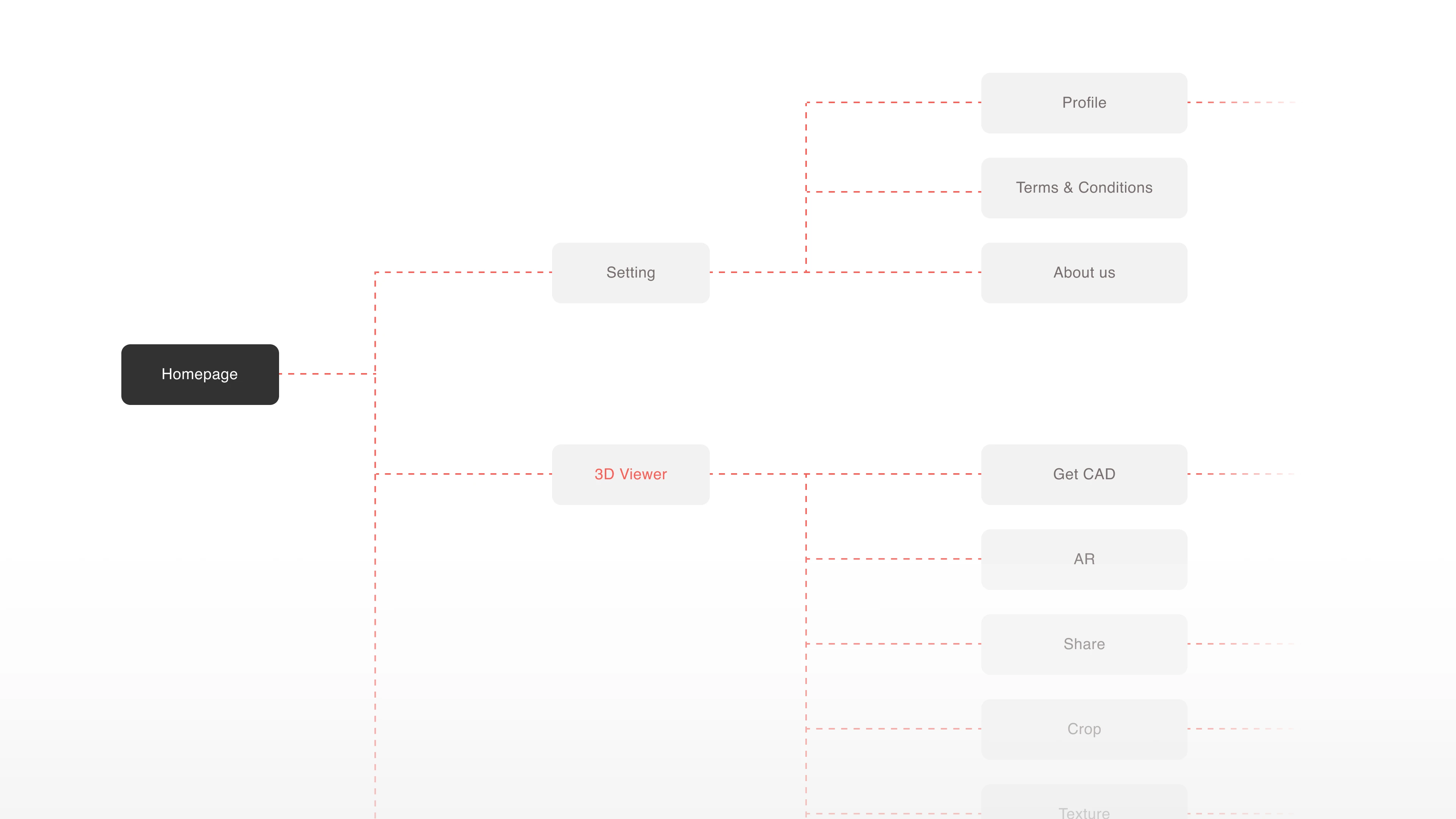
Style Guide and Design System
Having endless design possibilities sounds great in theory, but in practice, it can be frustrating and time-consuming. That's why we made a system of predefined options and guidelines to help us effectively make design decisions. This is known as a design system and we designed it in two main steps: 1- Setting predefined style options and 2- Creating reusable modules

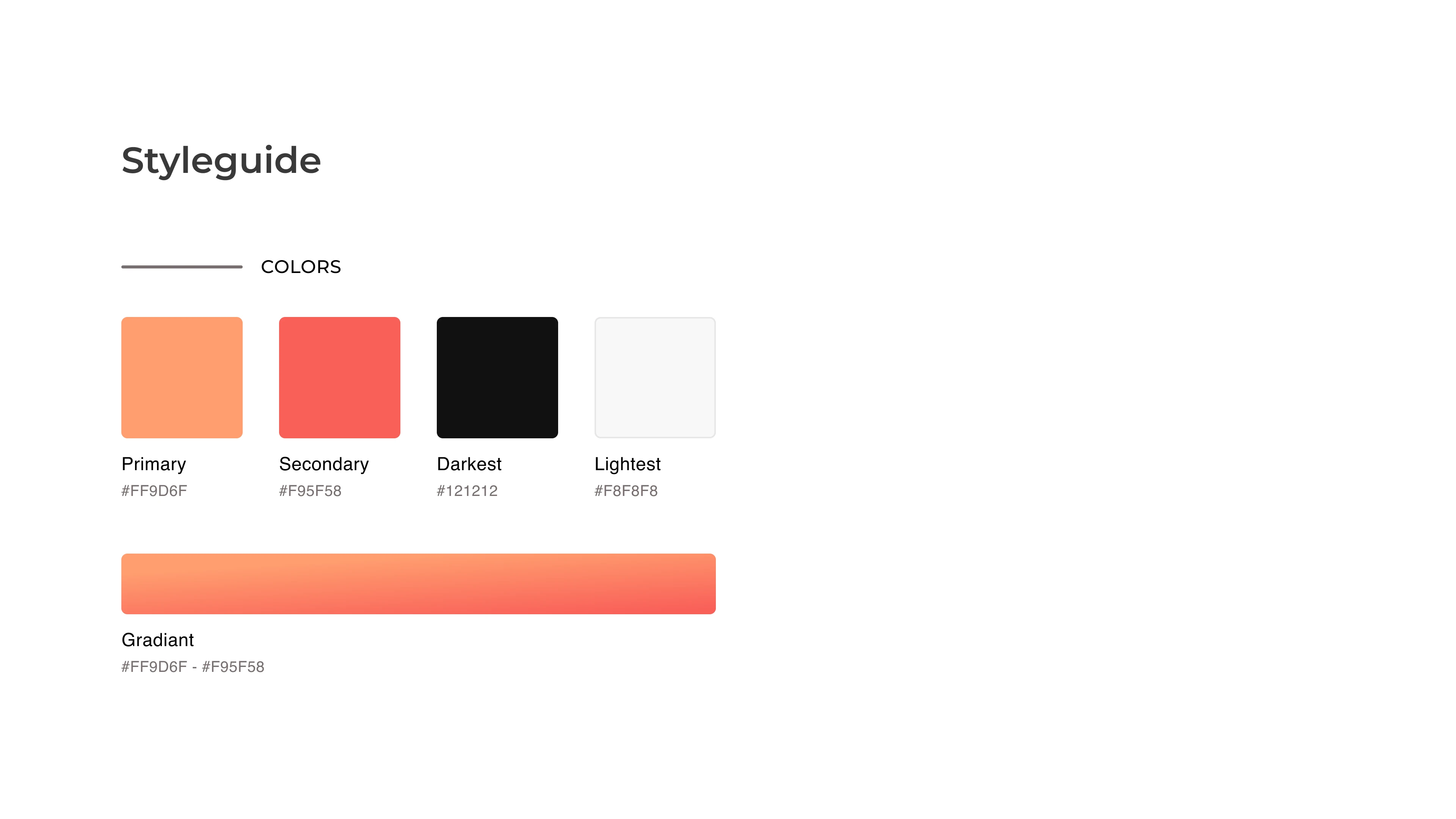
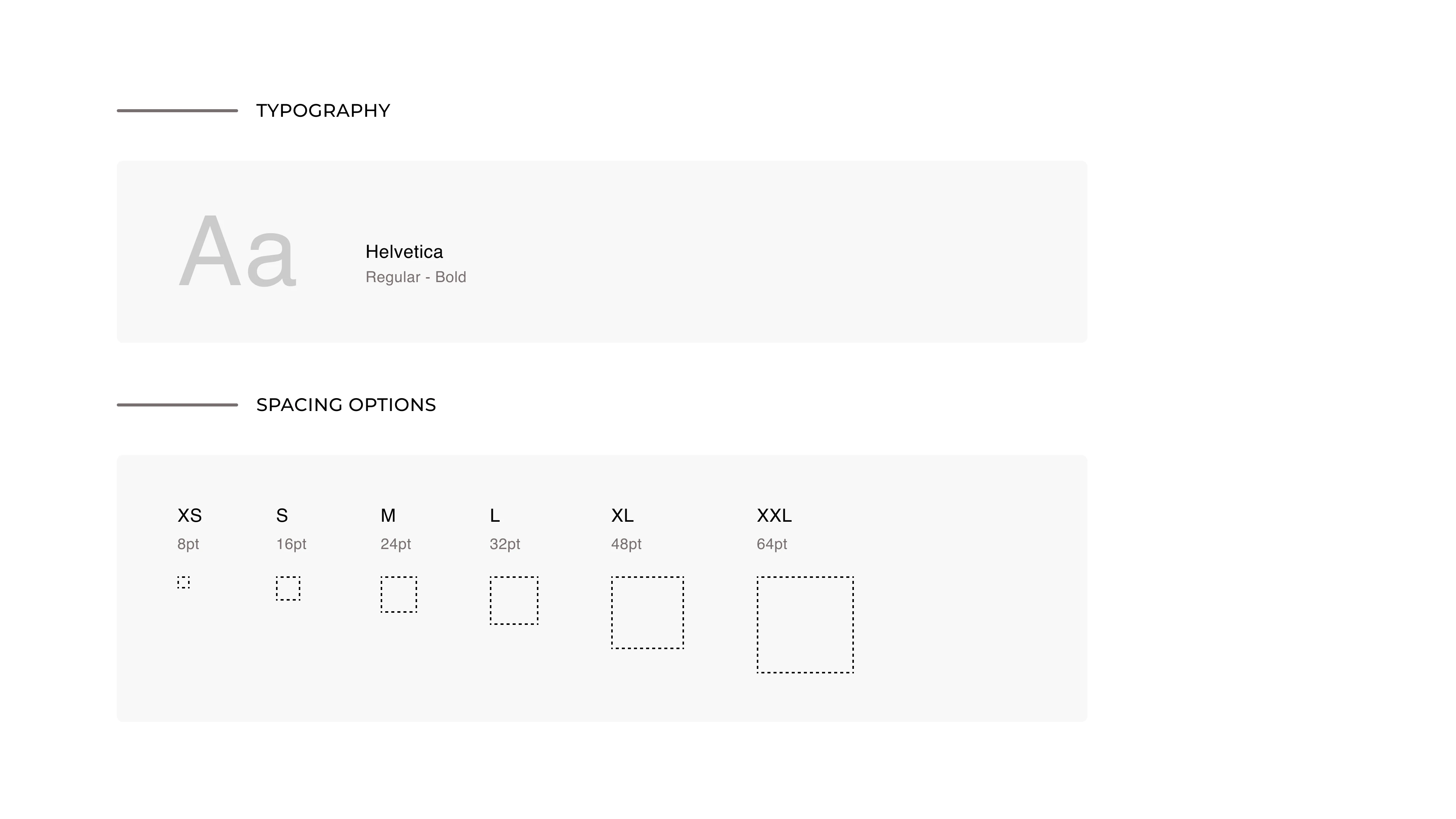
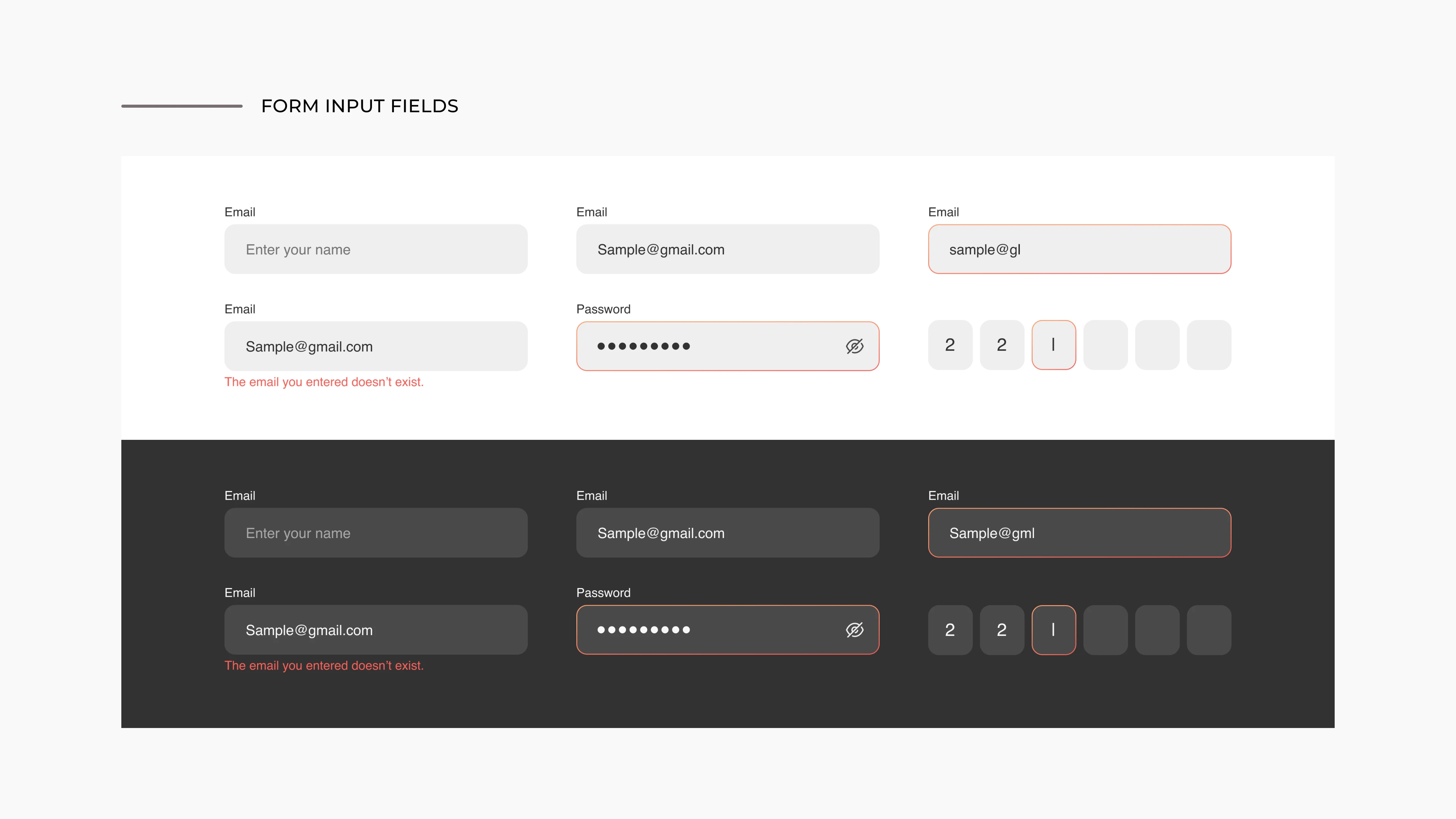
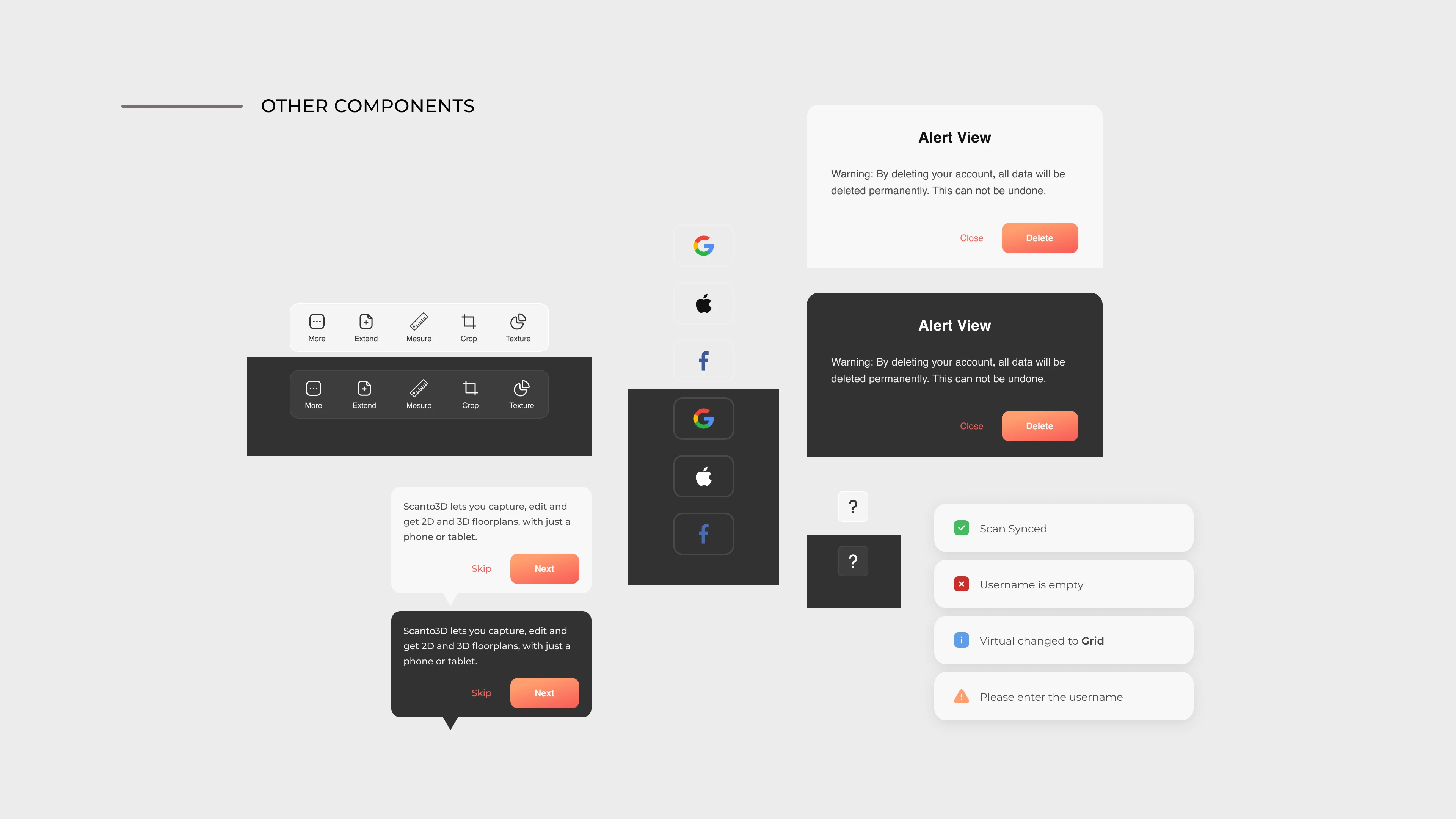
Final Deliverables
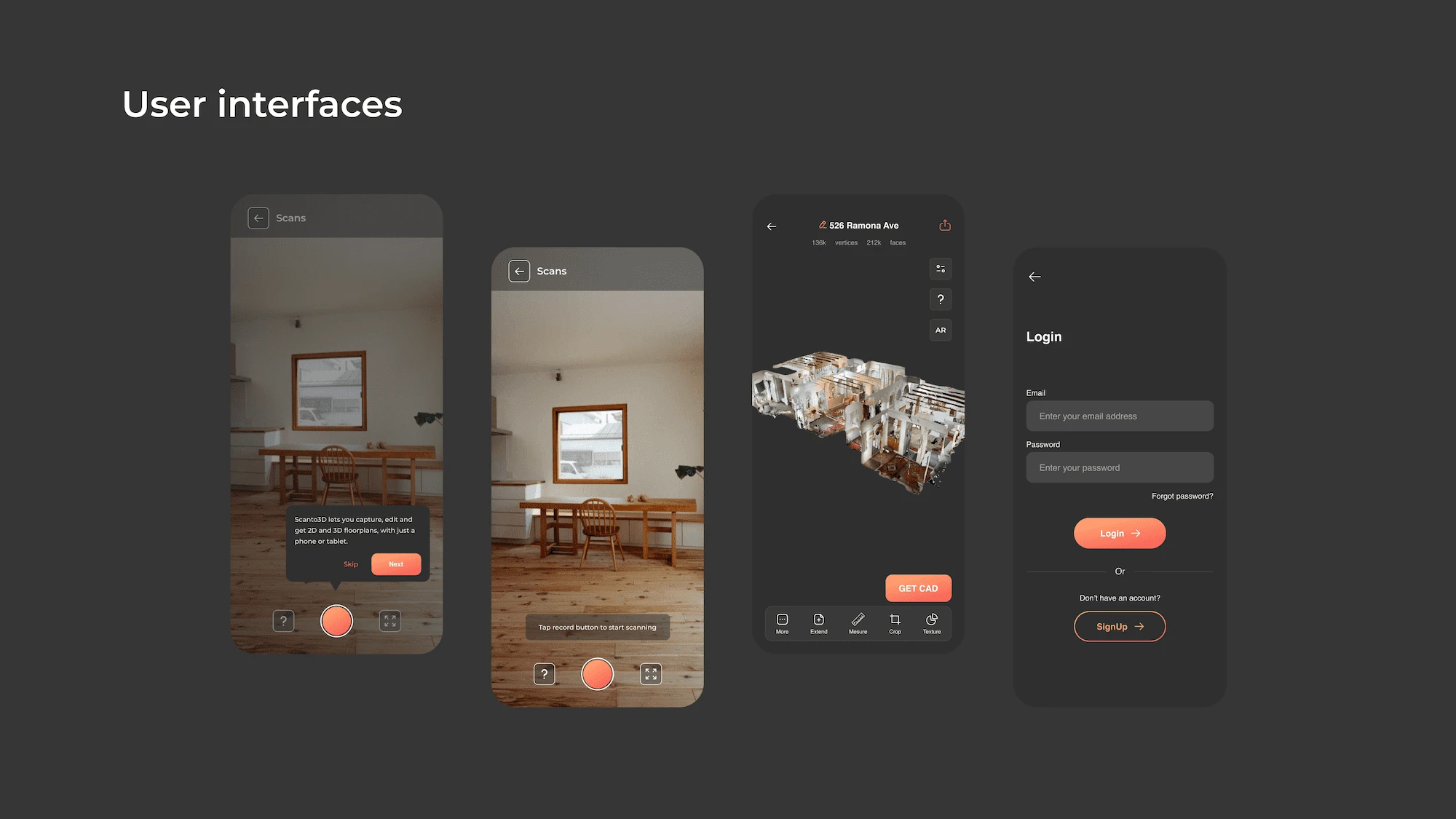
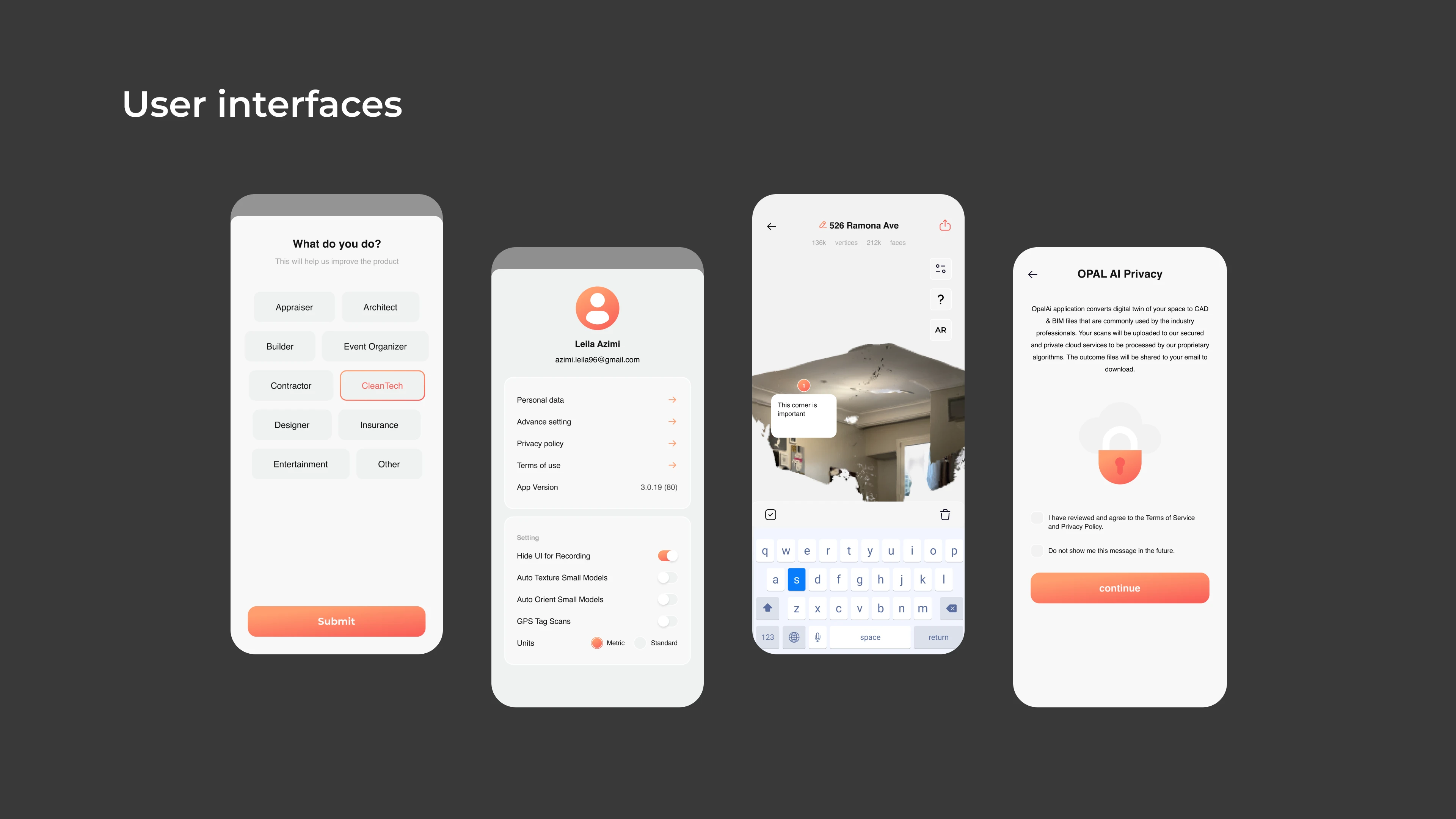
Design Iterations
- We are conducting usability testing continuously to validate our design decisions
- We are gathering information about our user's behavior in Google Analytics.
- We have the feedback component on the app allowing customers to give feedback